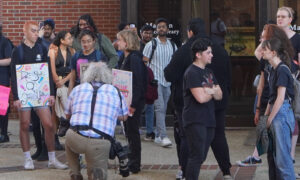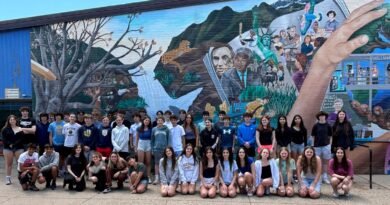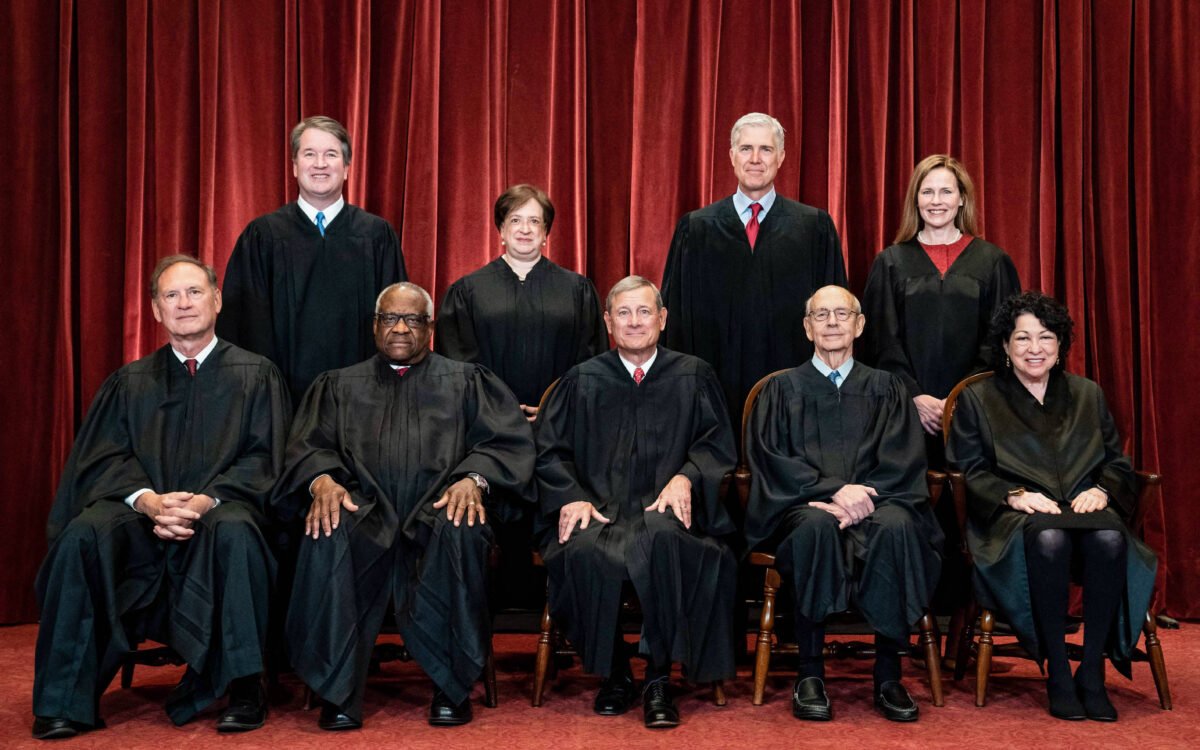Public Trust in American Colleges Keeps ‘Cratering’

Americans’ trust in higher education institutions has fallen drastically over the years based on a recent poll with reasons ranging from increased political partisanship to higher tuition fees.
Confidence in higher education among U.S. citizens fell to 36 percent this year, which is “sharply lower” from 57 percent in 2015, according to a recent Gallup poll. Respondents’ confidence in higher education varied depending on their political leanings, with Republicans having lower trust than Democrats.
Gallup did not probe the reason behind the drop in confidence but suggested that the rising costs of education could “likely” be a significant factor. According to the Brookings Institute, “the total cost of [college] attendance almost tripled between 1979-80 and 2020-21,” including inflation.
An earlier Gallup poll had indicated that the concern about costs was largely raised by Democrats. Meanwhile, Republicans were concerned about increased politicization in higher education institutions.
“Trust in higher education is cratering because colleges and universities are more interested in pushing a political agenda than preparing graduates to succeed in the real world,” said a recent tweet from nonprofit Concerned Communities.
According to the poll, the majority of respondents said they only had “some” or “very little” confidence in higher education, the highest level since 2015.
The percentage of respondents saying they had a “great deal” or “quite a lot” of confidence has fallen to the lowest level during this period.
Declining College Enrollment
While trust in American education is declining, so has enrollment numbers. After rising continuously since the 1970s, college enrollment began declining in 2010, according to a Feb. 23 post by education resource website BestColleges.com that cited data from the National Center for Education Statistics (NCES).
In 2010, undergraduate enrollment in colleges was at over 21 million. By 2021, this had fallen to 18.65 million, a decline of almost 11.2 percent in over a decade.
According to a March 10 Associated Press report, undergraduate college enrollment dropped 8 percent between the pandemic years 2019 and 2022. The decline continued even after colleges began in-person classes.
Some youngsters who came of age during the pandemic and did not go to college are opting for professions that do not require a degree. Some others are scared away by the high tuition cost and the prospect of being burdened by student debt.
In Tennessee, state education officials raised alarm bells after finding that just over half of public high school graduates aimed to enter college in 2021. Officials later found out that many students found college less attractive due to student debt worries and easy access to jobs.
“This generation is different,” said Jamia Stokes, a senior director at education nonprofit SCORE. “They’re more pragmatic about the way they work, about the way they spend their time and their money.”
Around 45 million Americans are burdened by student loan debt, according to a June 2 NerdWallet post. Individuals holding a bachelor’s degree held the lowest debt at an average of $28,400. The highest amount of debt was shouldered by those who went to dental schools, with the average debt at $301,583.
The declining number of college students can spell bad news for the United States as it could result in labor shortages worsening in sectors like information technology and health care. “It’s quite a dangerous proposition for the strength of our national economy,” said Zack Mabel, a Georgetown researcher.
Colleges are becoming increasingly partisan with a majority of professors supporting, teaching, and encouraging left-wing politics. Elite academic centers like Harvard have been reportedly housed with over 80 percent “liberal” faculty.
This has led institutions nationwide to inculcate students with a similar ideology, and any attempts for a debate or a change in perspective have been met with vehement opposition often fueled by the management. As a result, a majority of Americans—on both ends of the political aisle—have been steadily losing trust in educational institutions.
Transgenderism takes the top spot among the ideologies supported on college campuses. The fall in trust numbers come amid a proliferation of LGBT ideologies on campuses as a significant portion of university students have started to identify as not straight.
LGBT Identification at Brown University
A new survey published last month at the Brown University’s student newspaper The Brown Daily Herald found that 38 percent of students on the campus now do not identify as straight but as LGBTQ+, which is far higher than the 14 percent who did not identify as straight in the Fall 2010 poll.
Brown University’s non-straight population is more than five times the national rate. A Gallup poll from 2022 had found that only 7.2 percent of adults identified as LGBTQ+.
Since Fall 2010, the gay or lesbian population in the university has risen by 26 percent and students who identify as bisexual has surged by 232 percent. Those who identify with other sexual orientations jumped by 793 percent.
In an interview at The Rod Arquette Show, Matt Lamb, an associate editor at The College Fix, said that “social pressure or social contagion” has played a role in Brown University’s surging LGBTQ+ numbers.
“Dr. Lisa Littman, who actually used to teach at Brown University before she was pushed out of her position, popularized the idea of rapid onset gender dysphoria (ROGD) which is basically that peer pressure could be contributing to individuals identifying as transgender. And I think it would be fair to say that there might be similar effects on bisexuality, being gay, lesbian, etc.”
Dr. Littman and others have been canceled for bringing up the idea of social pressure and social contagion, Mr. Lamb pointed out.
He gave the example of smoking cigarettes, drinking alcohol, losing weight, and even paying off debts where peer pressure or support can make individuals adopt such behaviors and actions.
“So, it really should not be controversial the idea that peer pressure or social influence would lead people to more likely identify as LGBT,” Mr. Lamb said.
“There’s actually a professor out of England who found that identification has outstripped actual sexual activity, which would point to the fact that people are identifying for social reasons even if they’re not necessarily engaging in LGBT sexual activity,” Mr. Lamb stated.




